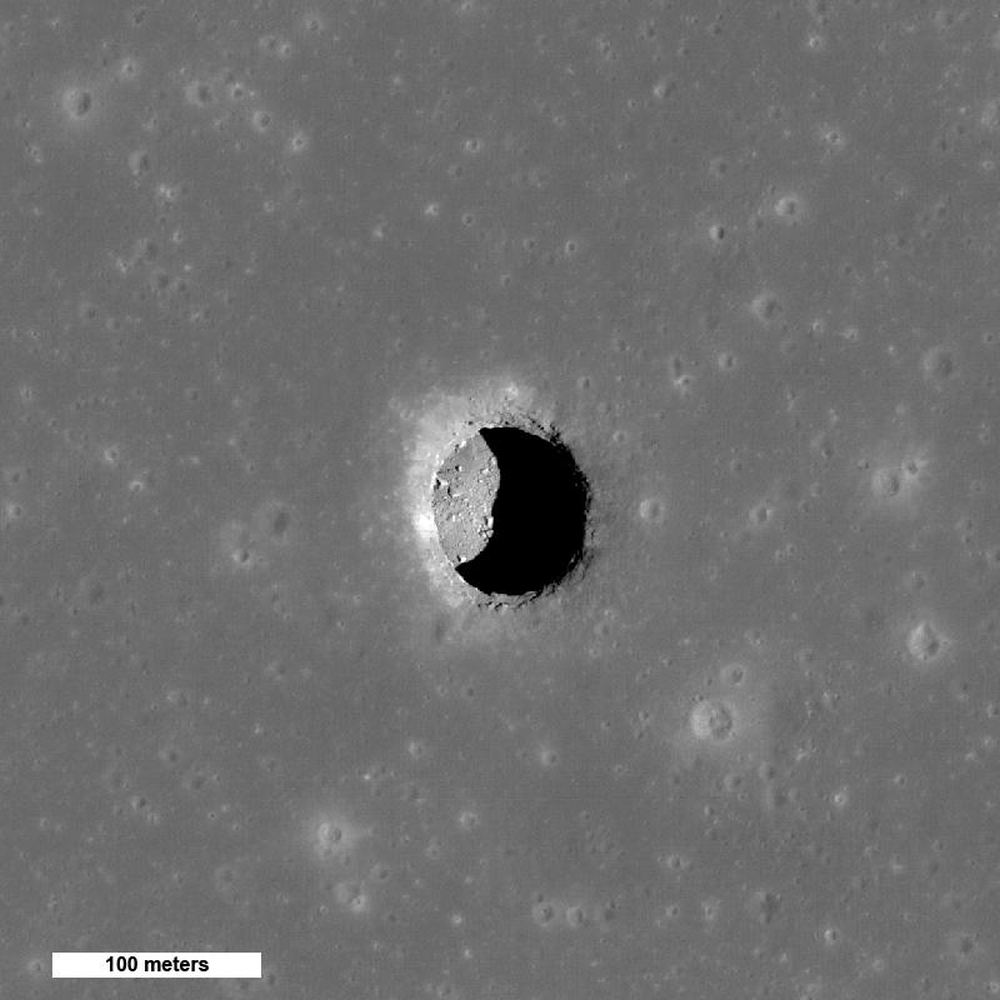The Moon is practically begging to be explored, and the momentum to do so is building. The Artemis Program’s effort to return astronauts to the Moon for the first time since the Apollo missions captures a lot of attention. But there are other efforts underway.
In 2023, the ESA put out a call for small lunar missions. The call was associated with their Terra Novae exploration program, which will advance the ESA’s exploration of the Solar System with robotic scouts and precursor missions. “Humankind will benefit from the new discoveries, ambitions, science, inspiration, and challenges,” the ESA explains on their Terra Novae website.
Terra Novae has several goals, one of which is to “Land multiple scientific payloads on the surface of the Moon, prospecting for the presence of water and other volatile materials that will both reveal its history and help prepare sustainable exploration by locally sourced space resources.”
In response to the ESA’s call, a team of European researchers have proposed the LunarLeaper. The LunarLeaper is a hopping robot that would visit a lunar skylight, a collapsed part of a lunar lava tube. The robot would give us our first look at the lunar subsurface and the lava tubes.

There are good reasons to explore these lava tubes. The lunar surface is exposed to solar and cosmic radiation without the benefit of a protective atmosphere or magnetosphere like Earth. Astronauts could shelter in these tubes inside habitat modules. Several meters of rock overhead would provide protection from radiation and from the Moon’s temperature swings. There could be laboratory modules and other modules as well. The tubes, if suitable, could shelter an entire base.
The other reason is scientific. These tubes are a window into the Moon’s volcanic past. They’re a record of the magnitude and timing of volcanic activity.
The LunarLeaper is a ~10 kg (22 lbs) leaping robot with three legs. It’s based on the ETH SpaceHopper design which has been refined over four years of development. SpaceHopper is designed to visit asteroids with much weaker gravity than the Moon, but the design can be adapted to work on the lunar surface.
The LunarLeaper team proposes a mission to the Marius Hills region. It’s a region in Oceanus Procellarum, a vast lunar mare on the near side of the Moon. It’s a volcanic region covered in basalt floods from ancient volcanic activity. Marius Hills is named after the 41 km (25 mi) diameter crater Marius and is littered with volcanic features like rilles, domes, and cones.
The particular feature of interest in Marius Hills is the Marius Hills Pit (MHP), a collapsed skylight granting access into what might be an extensive lunar lava tube system. The Lunar Reconnaissance Orbiter captured an image of the intriguing opening featured in the lead image. That’s where the LunarLeaper would do its work.

The Leaper would move around the rim of the MHP, capturing images of the pit walls and the floor. It would also use its suite of scientific instruments to gather pertinent data. Its instrument suite would include a gravimeter, a ground-penetrating radar, a dedicated science camera, and hopefully a spectrometer.
The LunarLeaper team outlines four questions the mission hopes to answer:
- Is there a lava tube under Marius Hills? It certainly appears like there could be, but there’s no confirmation yet, and only a mission to the region can answer the question for certain.
- Could astronauts use the tube for habitation? If it’s stable enough they could, and that’s something the LunarLeaper can figure out.
- How were the tube and pit formed? What volcanic processes were at work? There are lava tubes on Earth. Did they form the same way on the Moon? LunarLeaper can examine the layers on the walls of the tube for clues.
- What’s contained in the regolith outside the tube? Are there ancient pieces of paleoregolith underground near the pit? Surface lunar rocks are degraded and eroded, but buried regolith could hold clues to the early Solar System, including the Sun.
Though there are hundreds of similar pits on the Moon, MHP appears to be the most promising one. It’s been imaged from different illumination angles, and the imaging supports the idea that a tube extends underground beyond the skylight. Since the Marius Hills is filled with volcanic features, an extended tube isn’t unlikely.
The LunarLeaper would travel around the surface near the MHP and use its ground-penetrating radar to uncover the extent of the tube system. Other proposed missions are aimed at lava tubes and skylights, but they tend to be more complex, larger, and more expensive. As a 10 kg hopping robot, LunarLeaper would be a wise choice for the first mission to characterize the MHP prior to sending a more complex, thorough mission.
When it comes to exploring the pit, the LunarLeaper has a significant advantage over a wheeled rover. Wheeled rovers select routes based on obstacle avoidance. They have some strict limitations when it comes to the terrain they can safely and effectively traverse.
However, the rim of the MHP is expected to be challenging. There is likely complex terrain and steep slopes right near the opening. Getting as close as possible to the rim will give better imaging and science results. The LunarLeaper has an advantage over wheeled rovers in this type of terrain, though the tradeoff is its much lighter payload.
However, as a first step in exploring the MHP, the LunarLeaper has some clear advantages.

The LunarLeaper team says that the small robot could be delivered to the lunar surface by one of the several small landers being designed by different companies. They peg the cost at about 50 million euros. They also say that this type of legged jumping robot could be a big part of future space exploration and that their mission, if chosen, could be a key development for the future.

